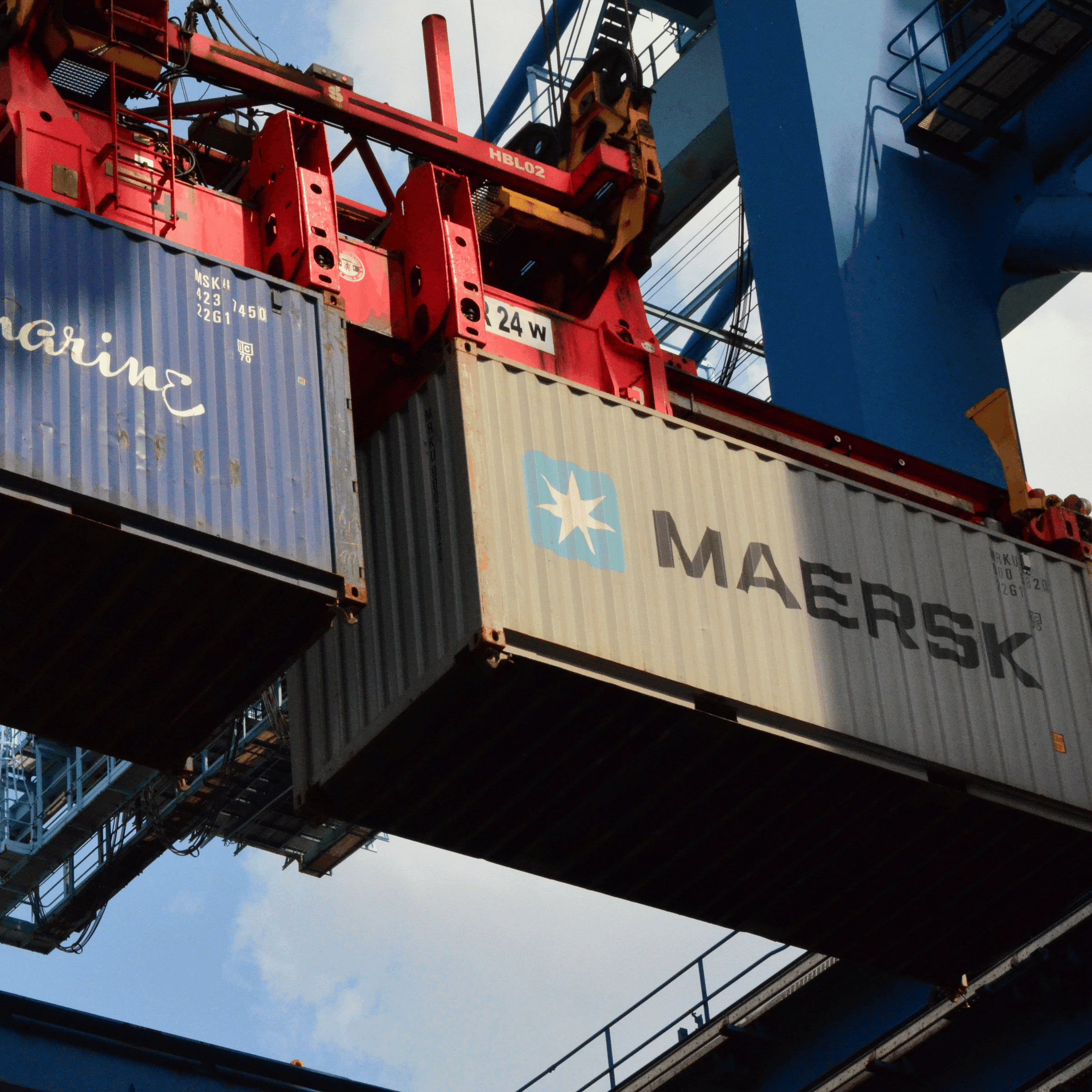Freight Class Codes, also known as National Motor Freight Classification (NMFC) codes, are crucial in the logistics and transportation industry. These codes play a significant role in determining the cost of shipping goods by categorizing freight based on various factors. In this comprehensive article, we will delve into what Freight Class Codes are, their importance, and how to calculate the weight per cubic foot, which is a key aspect of determining these codes.
Understanding Freight Class Codes
Freight Class Codes are part of a standardized classification system designed to give consumers and carriers a uniform pricing structure when shipping freight. This system is managed by the National Motor Freight Traffic Association (NMFTA) and categorizes freight into 18 classes, numbered from 50 to 500.
These classes are determined based on four factors:
Density: The weight per cubic foot of the item.
Stowability: How easily the item can be stowed in a trailer or container.
Handling: The ease or difficulty of handling the freight.
Liability: The likelihood of the freight being stolen or damaged, and its perishability.
Why Freight Class Codes Matter
The importance of Freight Class Codes lies in their impact on shipping costs. Carriers use these codes to determine the cost of transporting goods, with lower classes generally being less expensive. Accurately determining the correct freight class is essential for shippers to avoid unexpected charges or reclassifications by carriers.
Calculating Weight Per Cubic Foot
To accurately determine the Freight Class Code, you must calculate the density of your shipment, which is the weight per cubic foot. Here’s how to do it:
Step 1: Measure the Freight
Measure the height, width, and depth of the shipment in inches. Include any packaging or pallet in these measurements.
Step 2: Calculate the Volume
Multiply the height, width, and depth to get the volume in cubic inches. Then convert this to cubic feet by dividing the total by 1,728 (the number of cubic inches in a cubic foot).
Step 3: Determine the Weight
Weigh the entire shipment, including the pallet and packaging materials, in pounds.
Step 4: Calculate the Density
Divide the weight of the shipment by its volume in cubic feet. This will give you the density in pounds per cubic foot.
Freight Class List
Code, Freight Type, Weight per ft3
50, Durable freight that fits on a standard 4′ × 4′ pallet, 50+ lbs.
55, Bricks, cement, hardwood flooring, construction materials, 35–50 lbs.
60, Car accessories, car parts, 30–35 lbs.
65, Car accessories and parts, boxed books, bottled drinks, 22.5–30 lbs.
70, Car accessories and parts, auto engines, food items, 15–22.5 lbs.
77.5, Tires, bathroom fixtures, 13.5–15 lbs.
85, Crated machinery, cast iron stoves, 12–13.5 lbs.
92.5, Computers, monitors, refrigerators, 10.5–12 lbs.
100, Car covers, canvas, boat covers, wine cases, caskets, 9–10.5 lbs.
110, Cabinets, framed art, table saws, 8–9 lbs.
125, Small home appliances, 7–8 lbs.
150, Auto sheet metal, bookcases, 6–7 lbs.
Example Calculation
Let’s say you have a shipment that measures 48 inches in height, 40 inches in width, and 48 inches in depth, and it weighs 500 pounds.
Volume Calculation: 48 x 40 x 48 = 92,160 cubic inches. Converting to cubic feet: 92,160 / 1,728 = ~9.38 pounds per cubic foot.
Density Calculation: 500 / 53.33 = ~ 9.38 pounds per cubic foot.
Using the Density to Determine Freight Class
Once you have the density, you can refer to the NMFTA’s guidelines to find the appropriate freight class. For instance, a density of 9.38 pounds per cubic foot might fall into Class 100. These guidelines are periodically updated, so it’s important to refer to the latest NMFTA publications or consult with your carrier.
Tips for Accurate Freight Classification
Pack Efficiently: Reducing excess packaging can lower the volume, potentially leading to a higher density and a lower freight class.
Verify Measurements: Double-check measurements and weight for accuracy.
Consult Professionals: When in doubt, consult with logistics professionals or your carrier.
Conclusion
Understanding and accurately calculating Freight Class Codes are vital for efficient and cost-effective shipping. By determining the correct weight per cubic foot, shippers can avoid costly reclassification fees and streamline their logistics operations. As the freight industry evolves, staying informed and adaptable to changes in classification standards remains a key component of successful freight management.






